Real-World Asset Tokenization: Transforming Tangible Assets into Digital Tokens
Real-world asset tokenization is transforming how tangible assets are owned, traded, and managed. By converting physical assets like real estate, fine art, or precious metals into digital tokens on a blockchain, tokenization bridges the gap between traditional and digital economies. This innovative approach is reshaping industries, enabling fractional ownership, enhancing liquidity, and promoting global accessibility.
What is Asset Tokenization?
Asset tokenization involves creating a digital representation of a real-world asset using blockchain technology. This process, known as Real World Asset Tokenization, allows assets like real estate, commodities, or even intellectual property to be represented as digital tokens. These tokens serve as proof of ownership or rights to the asset and are securely stored on decentralized networks.
For example, imagine owning a fraction of a luxury property or a rare painting without needing to purchase the entire asset. Tokenization makes this possible by dividing the asset into smaller, tradeable units, which are represented by digital tokens.
How Does Tokenization Work?
Tokenizing an asset involves several steps:
- Asset Identification: The first step is identifying the asset to be tokenized, such as real estate, a vehicle, or a commodity like gold.
- Legal and Regulatory Frameworks: Ensuring compliance with local and international laws is critical to establish the asset’s legitimacy.
- Fractionalization: The asset’s value is divided into smaller portions, represented as digital tokens.
- Blockchain Integration: These tokens are stored on a blockchain, leveraging smart contracts to ensure secure and transparent transactions.
- Token Trading: Once tokenized, the asset can be traded on digital marketplaces, improving liquidity and accessibility.
Benefits of Real-World Asset Tokenization
1. Improved Liquidity
Traditionally, assets like real estate or art are illiquid, meaning they take time to sell or convert into cash. Tokenization allows these assets to be traded on blockchain platforms, ensuring faster transactions and increased market participation.
2. Fractional Ownership
Investors can buy small portions of high-value assets, reducing the financial burden of purchasing the entire asset. For example, owning a fraction of a luxury property is now feasible for smaller investors through real estate tokenization.
3. Transparency and Security
Blockchain technology ensures all transactions are immutable and traceable. Token holders can verify their ownership through decentralized ledgers, fostering trust in the system.
4. Global Reach
Tokenized assets can be accessed and traded by investors worldwide, breaking down geographical barriers and opening up new investment opportunities.
5. Reduced Costs
By eliminating intermediaries like brokers or agents, tokenization reduces transaction costs and increases efficiency.
Use Cases of Real-World Asset Tokenization
1. Real Estate
Real estate tokenization is a game-changer for the property market. By dividing properties into digital tokens, developers and investors can raise capital more effectively, while individual investors gain access to high-value assets.
2. Commodities
Precious metals, oil, and other commodities can be tokenized, making it easier for investors to trade and hold ownership without the complexities of physical storage.
3. Art and Collectibles
Tokenization brings liquidity to traditionally illiquid markets like art. Investors can own shares in high-value artworks or collectibles and benefit from their appreciation.
4. Supply Chain Assets
Businesses are exploring tokenization for supply chain assets like inventory, invoices, or equipment, enhancing transparency and financial accessibility.
Challenges in Asset Tokenization
While the potential of asset tokenization is undeniable, it faces several challenges:
- Regulatory Uncertainty: Varying laws across jurisdictions make it difficult to standardize tokenization practices.
- Valuation Complexities: Determining an accurate value for tokenized assets can be challenging.
- Market Adoption: The adoption of tokenized assets requires widespread trust in blockchain technology and an understanding of its benefits.
- Technology Integration: Businesses must ensure seamless integration of blockchain technology into their operations, which can be complex and resource-intensive.
The Future of Asset Tokenization
As blockchain technology matures, the scope of real-world asset tokenization will expand. Governments and regulatory bodies are beginning to recognize its potential and are working towards creating frameworks that support its growth.
Tokenization is poised to revolutionize industries by democratizing investments, improving liquidity, and enabling fractional ownership. Real estate tokenization, for instance, is expected to disrupt the property market, making it more accessible and efficient for both developers and investors.
Conclusion
Tokenization of Real world assets is a transformative concept that unlocks new opportunities for investors and businesses alike. By digitizing ownership of tangible assets, it promotes accessibility, transparency, and efficiency in traditional markets.
Whether it’s real estate, commodities, or art, tokenization is paving the way for a more inclusive and liquid financial ecosystem. As adoption grows, businesses and individuals must stay informed to fully leverage the benefits of this groundbreaking innovation.
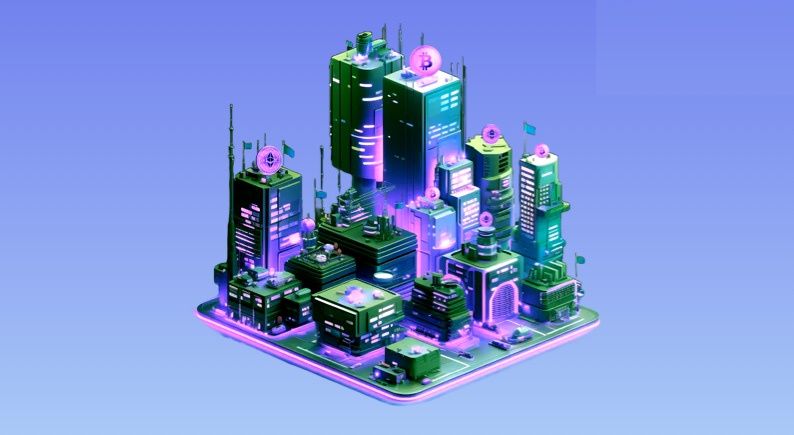


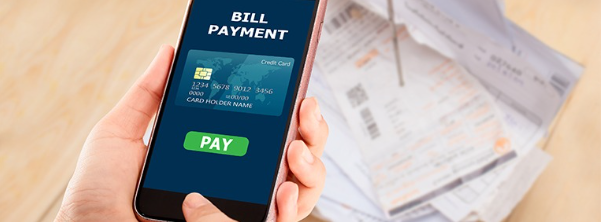
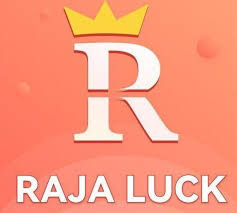



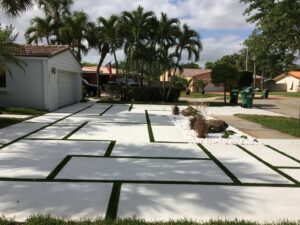
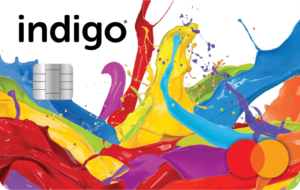
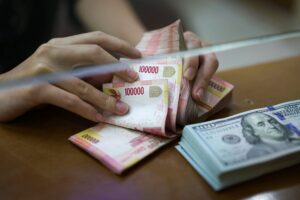



Post Comment